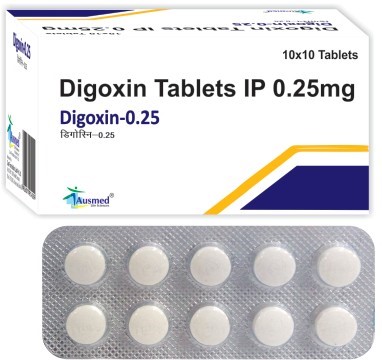A patient recovering from surgery has an indwelling urinary catheter. For which 24-hour urine output volumes should the nurse notify the patient's healthcare provider?
1000 milliliters.
600 milliliters.
1200 milliliters.
750 milliliters.
The Correct Answer is B
The correct answer is B. 600 milliliters.
Choice A rationale:
A 24-hour urine output of 1000 milliliters is within the normal range for an adult, indicating adequate kidney function and hydration.
Choice B rationale:
A 24-hour urine output of 600 milliliters is below the normal range (typically 800-2000 milliliters), which may indicate oliguria (reduced urine output) and could be a sign of renal impairment or dehydration. This warrants notifying the healthcare provider.
Choice C rationale:
A 24-hour urine output of 1200 milliliters is also within the normal range, suggesting normal kidney function and hydration status.
Choice D rationale:
A 24-hour urine output of 750 milliliters is slightly below the normal range but may not be immediately concerning unless accompanied by other symptoms. However, it is still important to monitor and possibly notify the healthcare provider if it persists.
Nursing Test Bank
Naxlex Comprehensive Predictor Exams
Related Questions
Correct Answer is B
Explanation
Other electrolyte disturbances.
Choice A rationale:
Drug toxicity is not directly related to hypocalcemia. The main concern in hypocalcemia is the calcium imbalance itself, not drug toxicity.
Choice B rationale:
Other electrolyte disturbances should be assessed because imbalances in other electrolytes, such as potassium and magnesium, are often associated with hypocalcemia. Electrolyte imbalances can interact and exacerbate each other, potentially leading to more severe complications.
Choice C rationale:
Hypertension is not a typical assessment finding in hypocalcemia. Hypertension is not directly related to calcium levels but may have other underlying causes.
Choice D rationale:
Visual disturbances are not commonly associated with hypocalcemia. Hypocalcemia is more likely to present with neuromuscular and cardiovascular symptoms, rather than visual disturbances.
Correct Answer is D
Explanation
Digoxin. Choice A rationale:
Potassium chloride (KCL) is a supplement used to treat or prevent low potassium levels. While it can have side effects, visual disturbances are not typically associated with KCL. Therefore, it is not the medication the nurse suspects to be causing the problem.
Choice B rationale:
Warfarin (Coumadin) is an anticoagulant used to prevent blood clot formation. Visual disturbances are not a known side effect of warfarin. Therefore, it is unlikely to be the cause of the patient's symptoms.
Choice C rationale:
Aspirin (ASA) is a pain reliever and antiplatelet medication, and while it can cause visual disturbances in some cases, it is not a common or significant side effect. Aspirin is also not specifically linked to atrial fibrillation.
Choice D rationale:

Digoxin (Lanoxin) is used to treat atrial fibrillation and heart failure. Visual disturbances are a known side effect of digoxin toxicity. Given the patient's diagnosis of atrial fibrillation and the reported symptoms, the nurse suspects the problem lies with digoxin and should further investigate and report to the provider.
Whether you are a student looking to ace your exams or a practicing nurse seeking to enhance your expertise , our nursing education contents will empower you with the confidence and competence to make a difference in the lives of patients and become a respected leader in the healthcare field.
Visit Naxlex, invest in your future and unlock endless possibilities with our unparalleled nursing education contents today
Report Wrong Answer on the Current Question
Do you disagree with the answer? If yes, what is your expected answer? Explain.
Kindly be descriptive with the issue you are facing.
